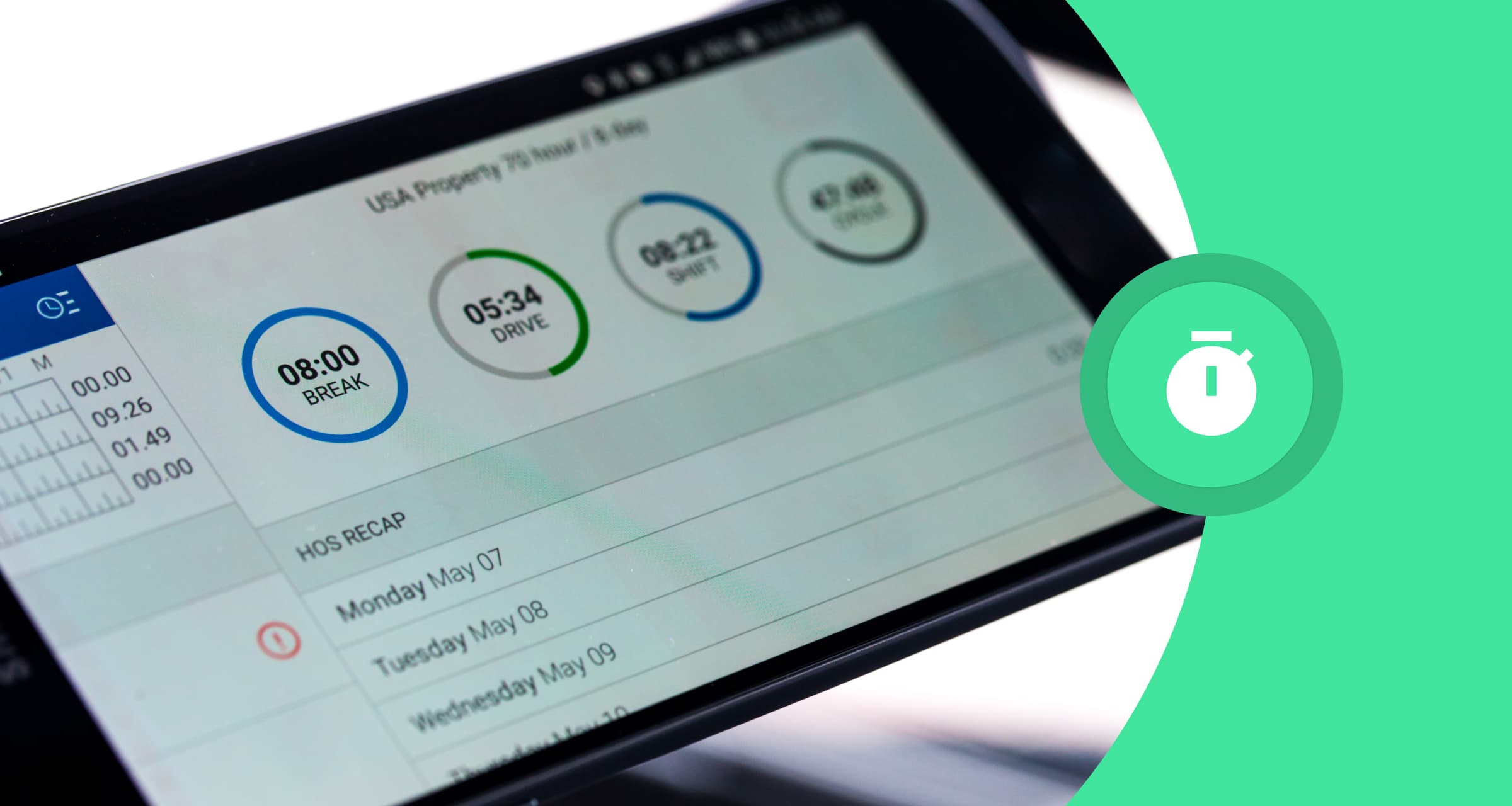Although electronic logging devices for truckers are now required equipment in the US, it’s only recently enough that the use of ELDs was officially mandated. That wasn’t for a lack of trying on behalf of insurance regulators and safety officials, however. In fact, the history of the electronic logging device began approximately forty years ago, when the earliest version of an ELD gave the trucking industry a glimpse of what was to come.
The early days of ELDs
First invented in the early 1980s, by 1985 electronic logging devices were used by some carriers to track driver hours of service (HOS) while on the road. Those first ELDs worked, but they were far from high tech. Wireless communications like satellite and cellular were just emerging, so it was difficult for commercial drivers to transmit the data from their ELDs to their carriers.
However, the potential was enough for the Insurance Institute for Highway Safety (IIHS) to take notice. In 1986, the IIHS began lobbying the Department of Transportation to introduce a mandate requiring all carriers to use ELDs in their fleet trucks. The idea was debated for two years, with companies trying to balance the challenges of introducing the technology with the IIHS and DOT’s desire for greater safety and regulation.
A compromise was reached in 1988 that trucks would be required to carry Automatic On-Board Recording Devices, or AOBRDs. Having plenty in common with ELDs, AOBRDs were less intrusive for trucking companies but allowed for greater regulation and accurate recording of driver HOS. For the next 12 years, fleets and carriers relied on AOBRDs to track active hours and keep drivers safe.
ELDs in the 21st century
In 2000 the discussion around electronic logging devices for trucks was revived when the Federal Motor Carrier Safety Administration (FMCSA) sought to reform regulations around driver hours of service by mandating the use of ELDs. The FMCSA knew a percentage of truckers were logging inaccurate hours for a variety of reasons and wanted ELDs to be standard to ensure a safe working environment for drivers.
That attempt was defeated by a court order in 2004. However, ELDs came surging back just six years later, on April 5, 2010, when the DOT announced a rule that allowed the FMCSA to mandate electronic logging devices for carriers with the worst track records of noncompliance with HOS rules.
Just two years later, on July 6, 2012, the United States Congress cemented the future of ELDs when it passed the Moving Ahead for Progress in the 21st Century Act. Commonly known as MAP-21, this legislation required electronic logging devices to be implemented in all commercial trucks in the US. As part of the Act, the FMCSA was required to conduct a study to understand how to effectively implement ELDs and to best address concerns around the risk of the devices being used to coerce drivers.
On December 16, 2015, the final ELD mandate was published. In addition to definitions of electronic logging devices and their required features, the mandate included guidelines around how manufacturers can build compliant ELDs, the tracking of HOS and record of duty status (RODS) using ELD devices, and provisions to protect drivers. Over a three-year period, from February 16, 2016, to December 16, 2019, the FMCSA ran a phased implementation that allowed all fleet trucks and carriers to bring all relevant vehicles into compliance with the new regulation.
Today’s tracking and safety standard
Electronic logging devices are now an established part of trucking operations across the country – and a critical tool in ensuring the industry remains safe for drivers into the future. As emerging technology continues to evolve safety and operations across the industry, the history of ELDs can serve as an important guide.
According to the FMCSA, “ELDs are an important tool to help the motor carrier industry comply with critical hours-of-service regulations that improve safety on our Nation’s roads by making sure drivers get the breaks they need.”
In fact, the Department of Transportation estimates that the ELD rule will help avoid 1,844 crashes annually, resulting in 562 fewer injuries and 26 lives saved every year. With figures like that, it’s no surprise the debate around mandating ELDs is over – and that the safety of drivers is well protected for the future of trucking.


